Hello and welcome to Architego.com, choosing the right kitchen sink is a crucial decision for any kitchen remodel or new construction. The sink is one of the most frequently used fixtures in your kitchen, and it needs to be functional, durable, and aesthetically pleasing.
With a wide array of options available, understanding the different types, styles, and materials can help you make an informed decision. In this comprehensive guide, we will explore various types of kitchen sinks, their materials, configurations, and installation styles.
Types of Kitchen Sinks by Installation
Top-Mount (Drop-In) Sinks

Top-mount sinks, also known as drop-in sinks, are installed from above the countertop. The rim of the sink sits on top of the counter, providing support and making installation relatively straightforward.
Pros:
- Ease of Installation: These sinks are relatively easy to install and replace, making them a popular choice for DIY projects.
- Cost-Effective: Generally more affordable compared to other installation types.
- Versatile: Suitable for various countertop materials, including laminate and solid surface.
Cons:
- Cleaning Challenges: The rim can catch food particles and debris, making cleaning around the edges more difficult.
- Aesthetics: May not offer the sleek, seamless look of other sink types.
Ideal For: Homeowners looking for an easy and budget-friendly sink option.
Shop Top-Mount Sinks from Amazon
Undermount Sinks

Undermount sinks are installed beneath the countertop, creating a seamless look. The edge of the countertop covers the rim of the sink, making it easier to wipe down the counters.
Pros:
- Seamless Look: Provides a modern, sleek appearance that many homeowners desire.
- Easy Cleaning: The lack of a rim makes it easier to clean the countertop.
- Maximized Counter Space: Allows for more usable counter space compared to top-mount sinks.
Cons:
- Installation Complexity: More challenging to install, often requiring professional help.
- Cost: Typically more expensive than top-mount sinks.
- Support Requirements: Requires a sturdy countertop material like granite, quartz, or solid surface.
Ideal For: Modern kitchens where aesthetics and easy maintenance are priorities.
Shop Undermount Sinks from Amazon
Farmhouse (Apron Front) Sinks
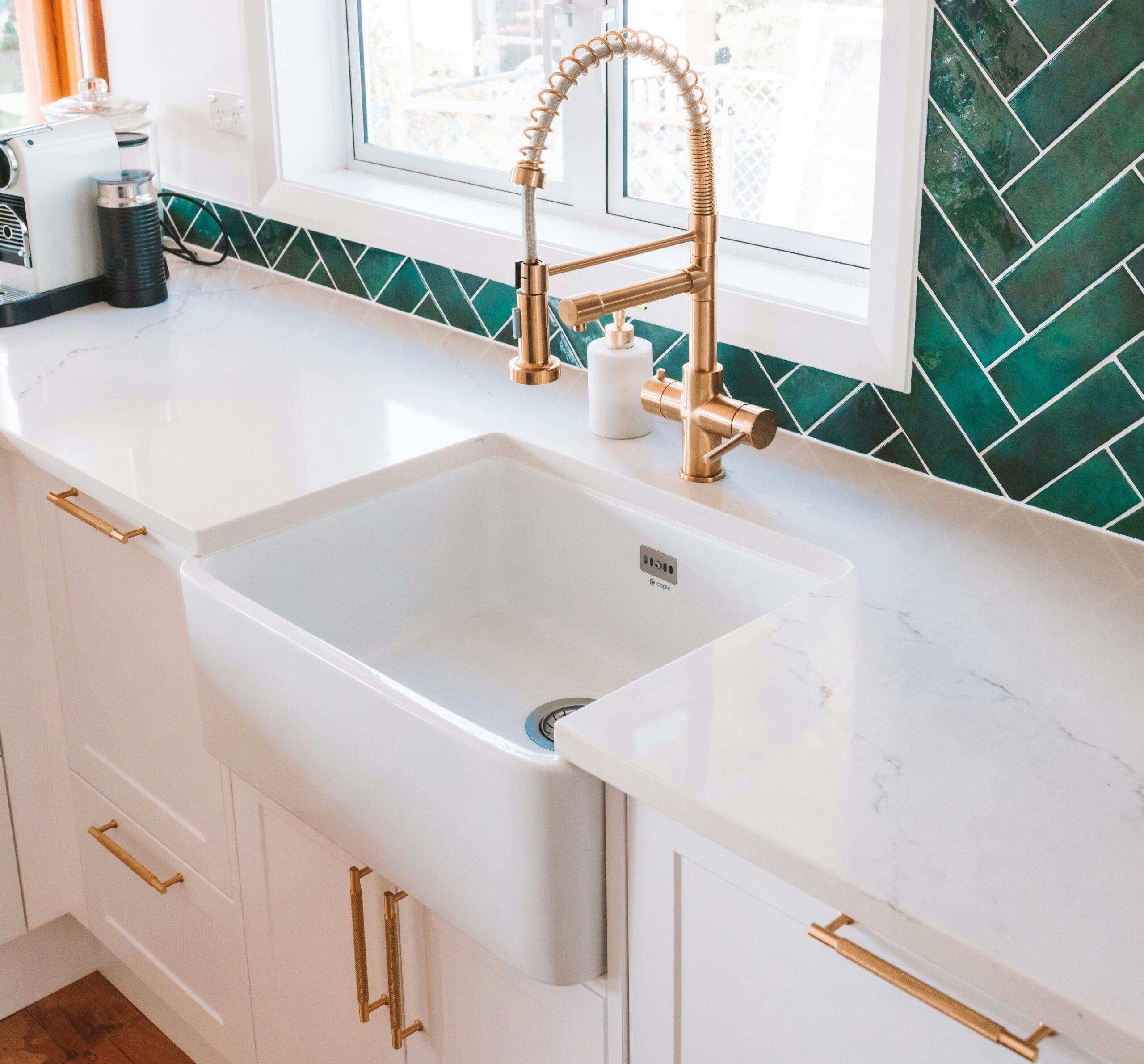
Farmhouse sinks, also known as apron front sinks, have a large, exposed front panel that adds a rustic or traditional touch to the kitchen. These sinks are deep and spacious, making them ideal for handling large pots and pans. They can be installed as either undermount or top-mount.
Pros:
- Aesthetic Appeal: Offers a unique, traditional look that can be a focal point in the kitchen.
- Functional Design: Deep basins are perfect for large cookware.
- Versatility: Can be installed as either undermount or top-mount.
Cons:
- Cost: Often more expensive than other sink types.
- Installation Complexity: Can be more challenging to install and may require additional cabinetry modifications.
- Weight: Heavier and may need extra support.
Ideal For: Kitchens with a rustic, traditional, or farmhouse design.
Shop Farmhouse Sinks from Amazon
Integrated Sinks

Integrated sinks are made from the same material as the countertop, providing a seamless, unified appearance. These sinks are typically crafted from solid surface materials or stainless steel.
Pros:
- Seamless Integration: Offers a smooth, continuous look with no visible edges.
- Modern Appeal: Ideal for contemporary kitchen designs.
- Easy to Clean: No seams or edges where debris can accumulate.
Cons:
- Cost: Can be expensive due to custom fabrication.
- Material Limitations: Limited to certain countertop materials like solid surface or stainless steel.
Ideal For: High-end, modern kitchens where a seamless, integrated look is desired.
Wall-Mounted Sinks
Wall-mounted sinks are attached directly to the wall, leaving space beneath for storage or foot traffic. These sinks are often used in small kitchens, utility rooms, or as secondary sinks.
Pros:
- Space-Saving: Ideal for small kitchens or areas where counter space is limited.
- Easy Cleaning: Leaves the area beneath the sink clear, making it easy to clean.
Cons:
- Support Requirements: Requires a sturdy wall for support.
- Installation Complexity: More challenging to install and may require professional help.
- Limited Use: Less common in residential kitchens and more suited for utility areas.
Ideal For: Small kitchens, utility rooms, or as an additional sink in larger kitchens.
Types of Kitchen Sinks by Configuration
Single Bowl Sinks
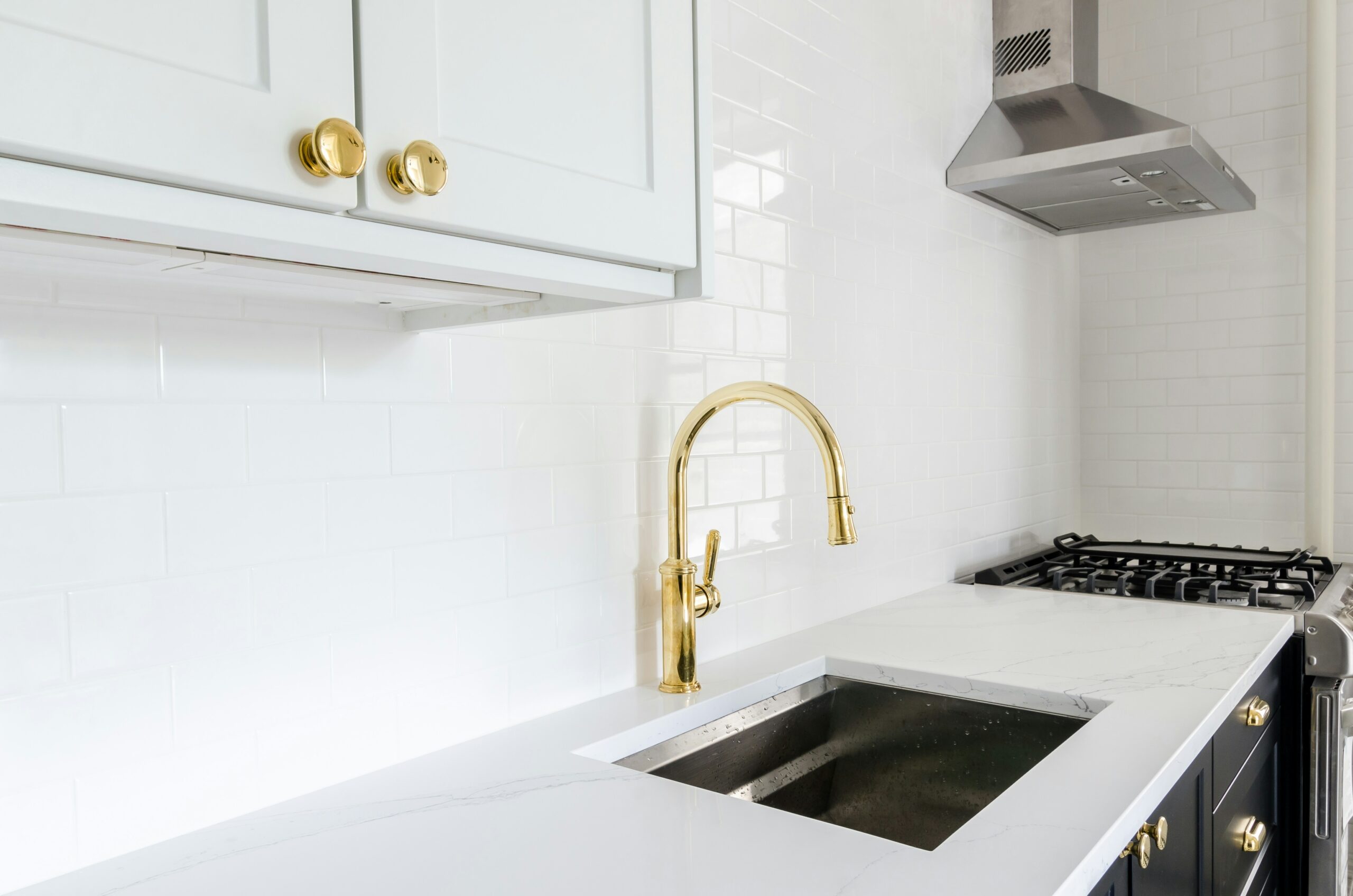
Single bowl sinks have one large, uninterrupted basin, making them ideal for washing large pots and pans.
Pros:
- Large, uninterrupted space for washing.
- Simpler design and easier to clean.
- Ideal for small kitchens.
Cons:
- Less versatile for multitasking.
- May require additional counter space for drying dishes.
Shop Single Bowl Sinks from Amazon
Double Bowl Sinks

Double bowl sinks have two separate basins, which can be of equal or different sizes. These sinks offer versatility for multitasking, such as washing and rinsing simultaneously.
Pros:
- Versatile for multitasking.
- Different configurations to suit various needs.
- Can have a low divide for added functionality.
Cons:
- Smaller basins may not accommodate large pots.
- More difficult to clean around the divider.
Shop Double Bowl Sinks from Amazon
Triple Bowl Sinks
Triple bowl sinks have three compartments, often with a smaller center bowl. These sinks provide additional functionality but require more space.
Pros:
- Offers maximum versatility.
- Ideal for large kitchens and heavy use.
- Separate basins for different tasks.
Cons:
- Requires more counter space.
- Can be more expensive and harder to install.
Shop Triple Bowl Sinks from Amazon
Bar/Prep Sinks

Bar or prep sinks are smaller sinks used for food preparation or as a secondary sink. They are often installed in kitchen islands or wet bars.
Pros:
- Adds functionality to the kitchen.
- Ideal for entertaining or additional prep space.
- Fits into smaller spaces.
Cons:
- Limited size and functionality.
- Not suitable as a primary sink.
Shop Bar/Prep Sinks from Amazon
Types of Kitchen Sinks by Material
Stainless Steel Sinks
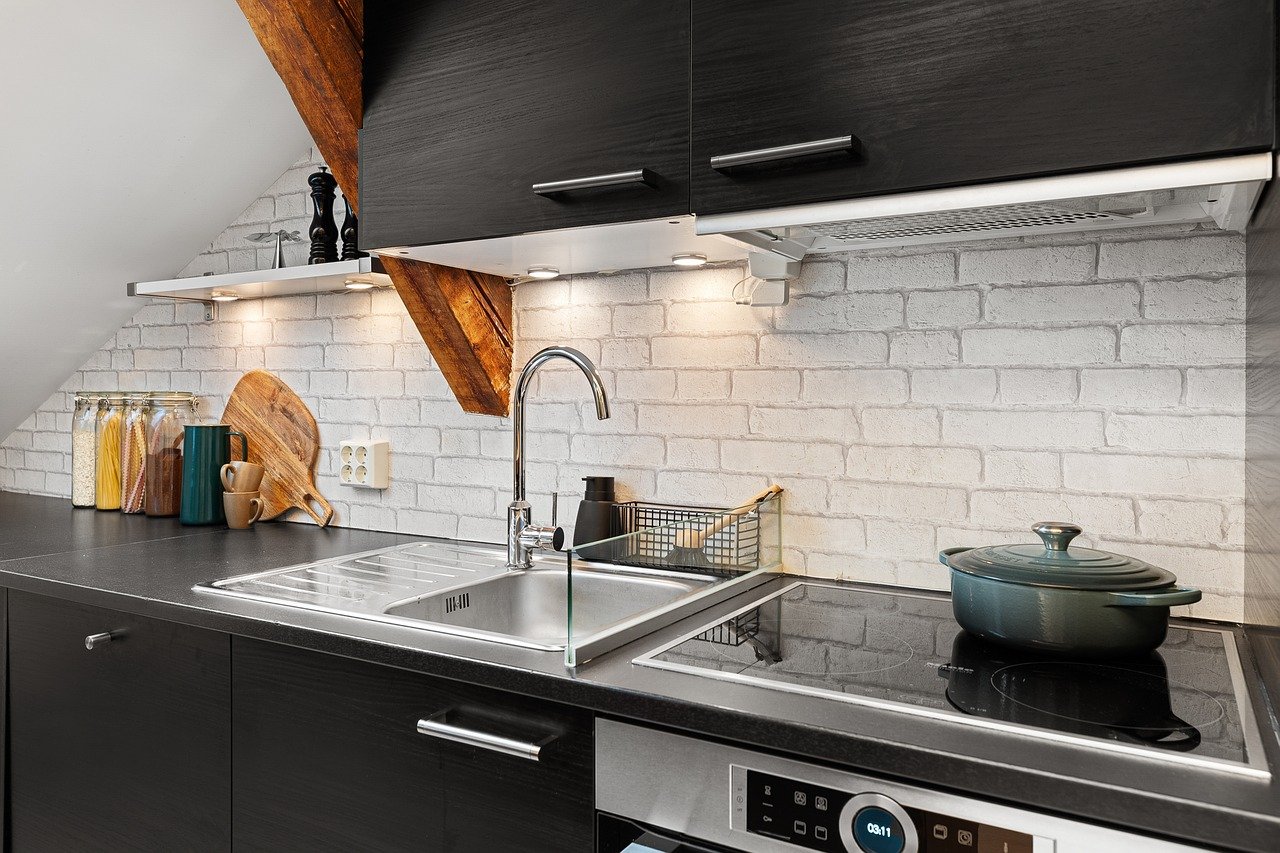
Stainless steel is a popular choice for kitchen sinks due to its durability, resistance to heat, and modern appearance. These sinks come in various gauges (thicknesses), with lower gauge numbers indicating thicker, more durable steel.
Pros:
- Durable and resistant to heat and stains.
- Easy to clean and maintain.
- Versatile and complements most kitchen styles.
Cons:
- Can be prone to scratching and denting.
- May be noisy, though sound-deadening pads can mitigate this.
Shop Stainless Steel Sinks from Amazon
Porcelain (Fireclay) Sinks

Porcelain sinks, often made from fireclay, have a glossy enamel finish that provides a classic, timeless look. These sinks are available in a variety of colors and styles.
Pros:
- Classic and timeless appearance.
- Resistant to stains and heat.
- Available in various colors.
Cons:
- Can chip or crack if heavy items are dropped.
- Heavier and may require additional support.
Shop Porcelain Sinks from Amazon
Composite Granite Sinks

Composite granite sinks are made from a blend of granite stone dust and acrylic resins. These sinks are durable, resistant to scratches and stains, and available in various colors.
Pros:
- Durable and resistant to scratches and stains.
- Available in a variety of modern colors.
- Non-porous surface prevents bacterial growth.
Cons:
- Can be expensive.
- Heavier and may require reinforced cabinetry.
Shop Composite Granite Sinks from Amazon
Copper Sinks
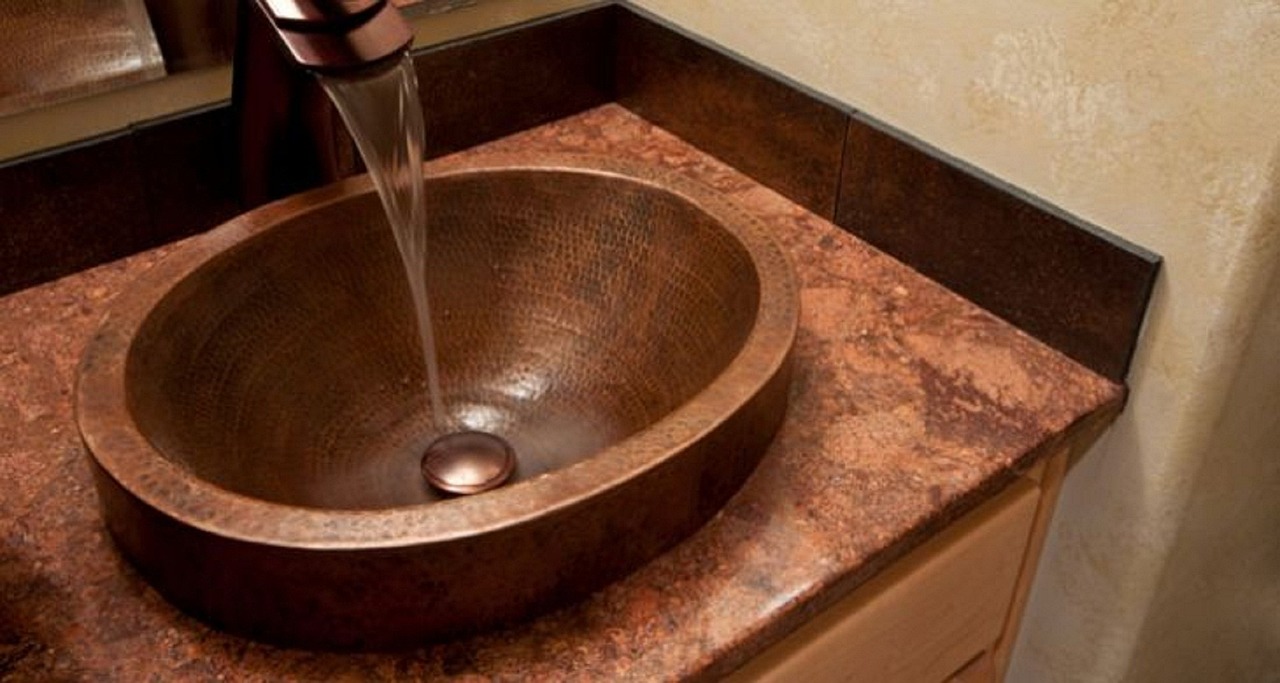
Copper sinks offer a unique, warm aesthetic and naturally antimicrobial properties. These sinks develop a patina over time, adding to their charm.
Pros:
- Unique, warm appearance.
- Naturally antimicrobial.
- Develops a beautiful patina over time.
Cons:
- Requires regular maintenance to prevent tarnishing.
- Can be expensive.
Solid Surface Sinks

Solid surface sinks are made from materials like acrylic or polyester. They can be seamlessly integrated into countertops made from the same material.
Pros:
- Seamless integration with countertops.
- Easy to clean and maintain.
- Available in a variety of colors and finishes.
Cons:
- Can be less heat-resistant than other materials.
- May be prone to scratching.
Natural Stone Sinks

Natural stone sinks, such as granite, marble, or soapstone, offer a luxurious and unique appearance. These sinks are typically custom-made and can be quite heavy.
Pros:
- Luxurious and unique appearance.
- Durable and long-lasting.
- Heat-resistant.
Cons:
- Expensive and heavy.
- Requires regular sealing and maintenance.
Investing time and thought into selecting the right kitchen sink will pay off in the long run. A well-chosen sink can elevate the functionality and beauty of your kitchen, making it a more enjoyable space for cooking, cleaning, and gathering.
By understanding the various types of kitchen sinks available and considering your specific requirements, you can confidently choose a sink that will serve as a centerpiece in your kitchen for years to come. Happy sink shopping!
Also See-
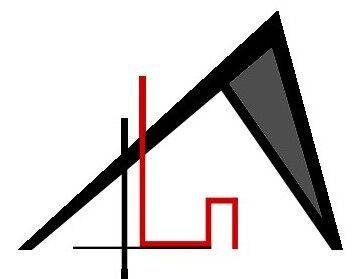
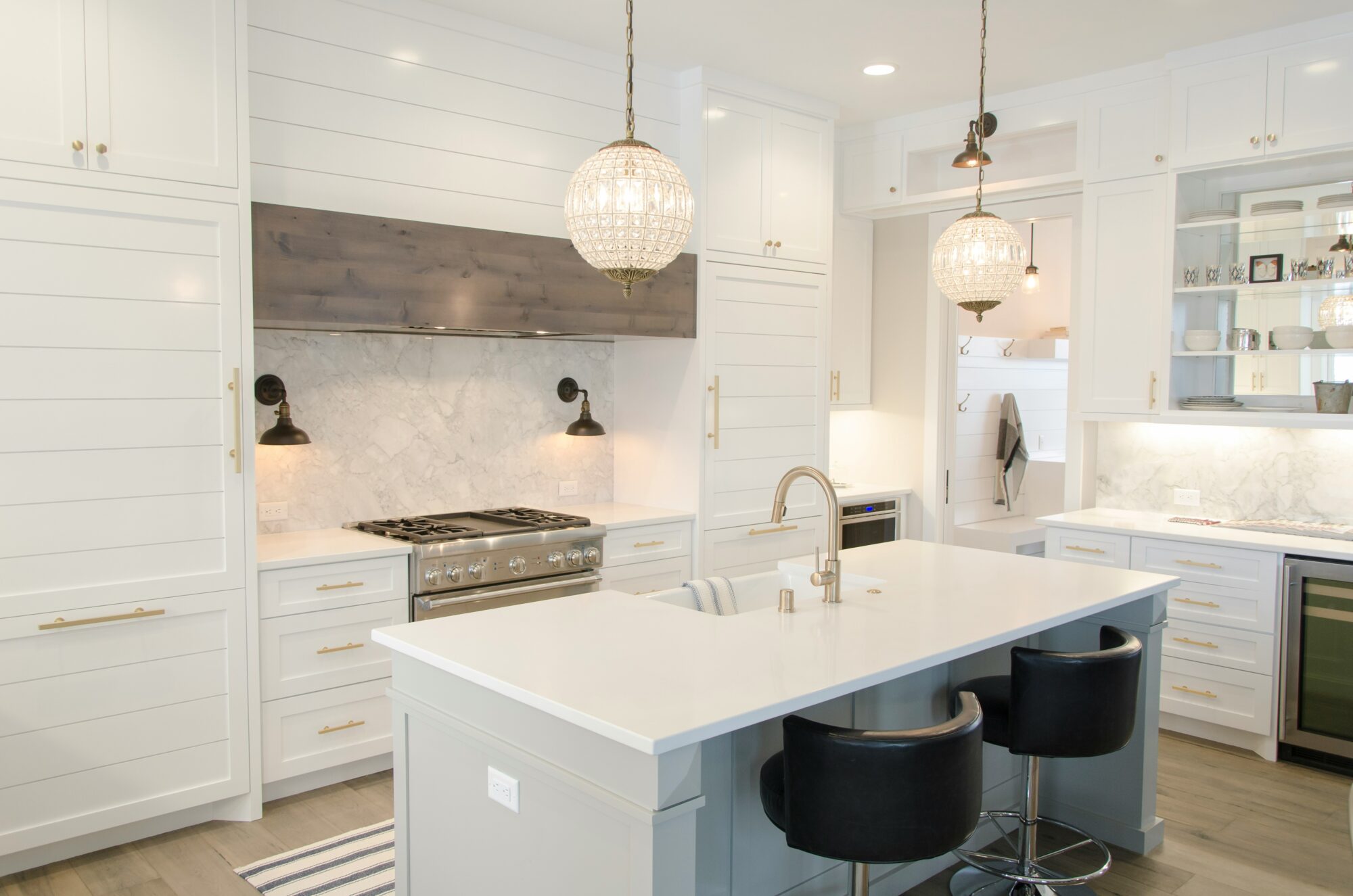

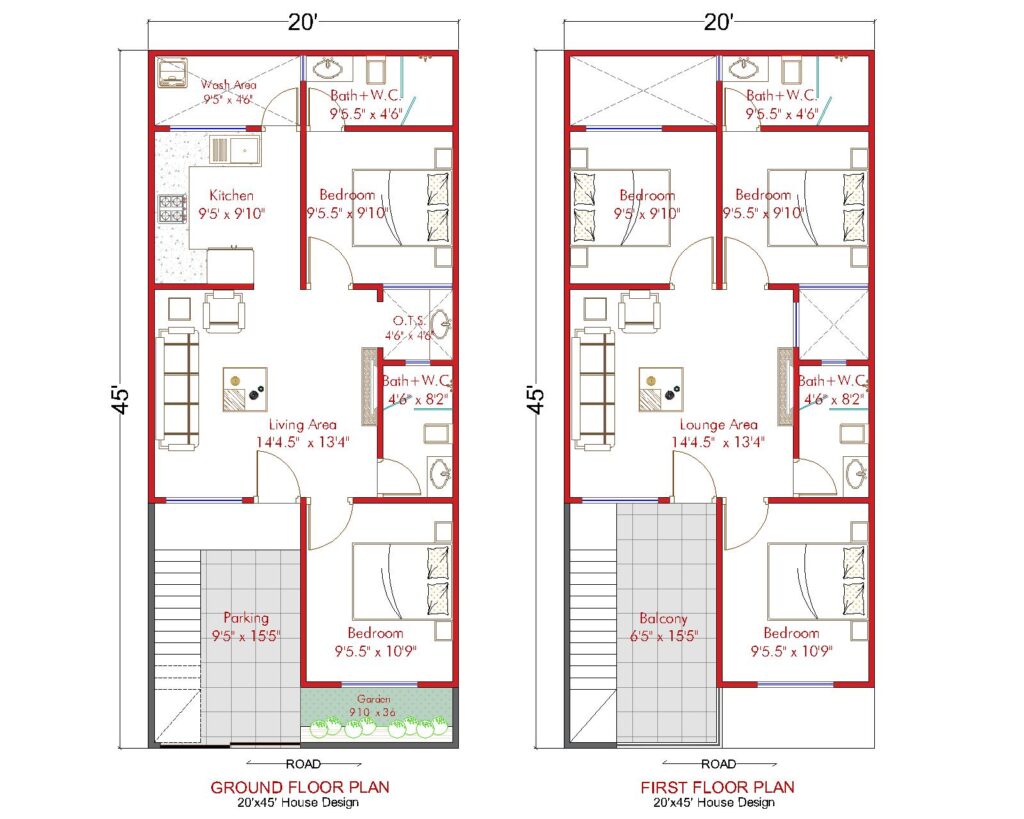
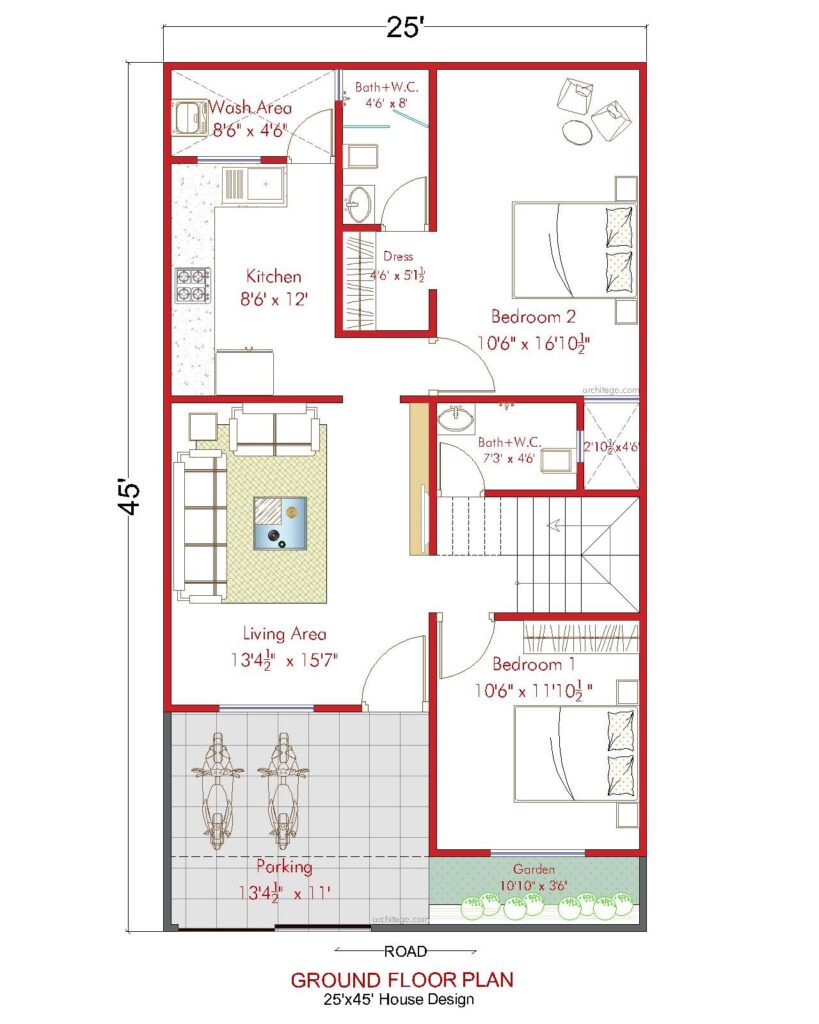


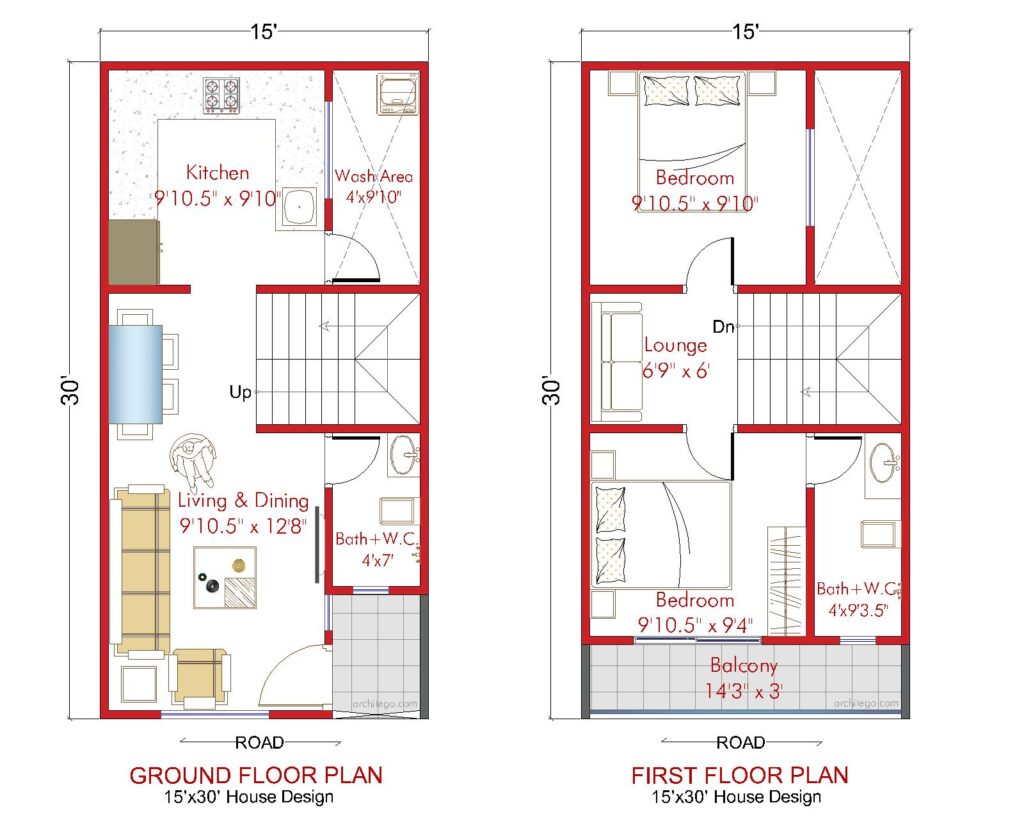
Pingback:Types of Kitchen Sinks by Material | Pros and Cons - Architego